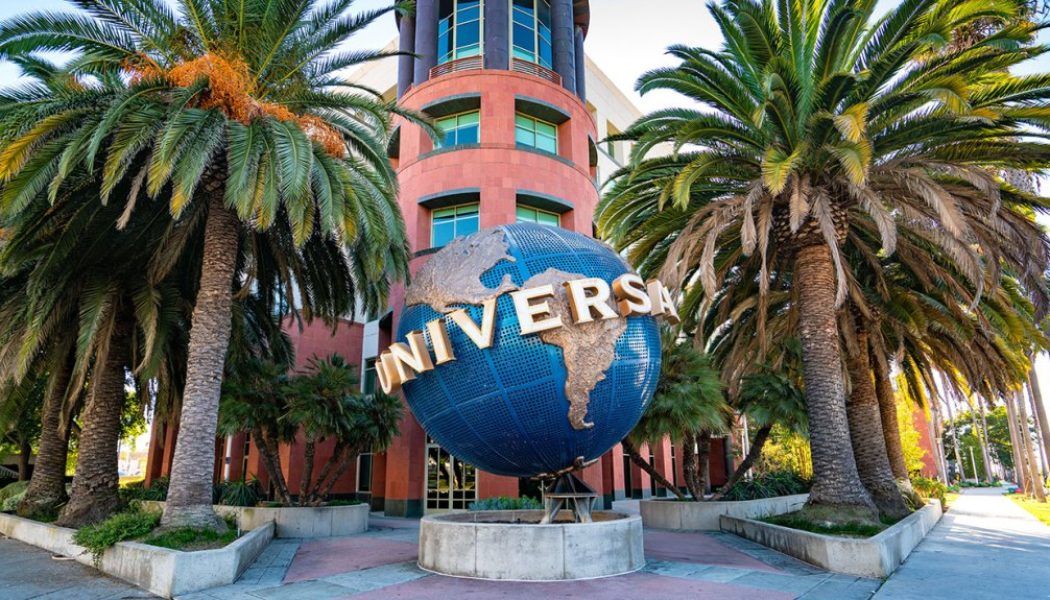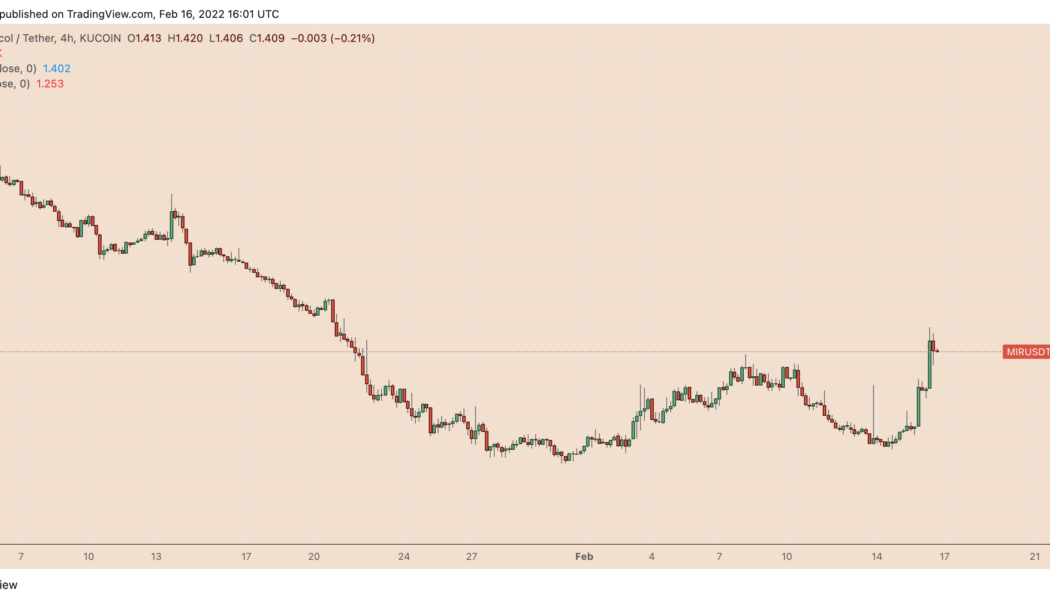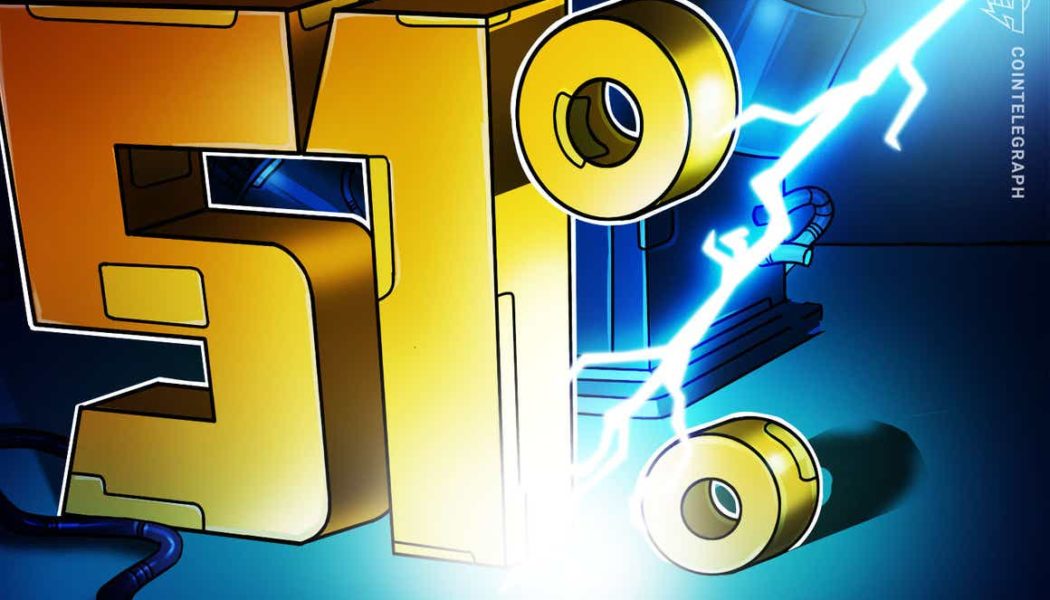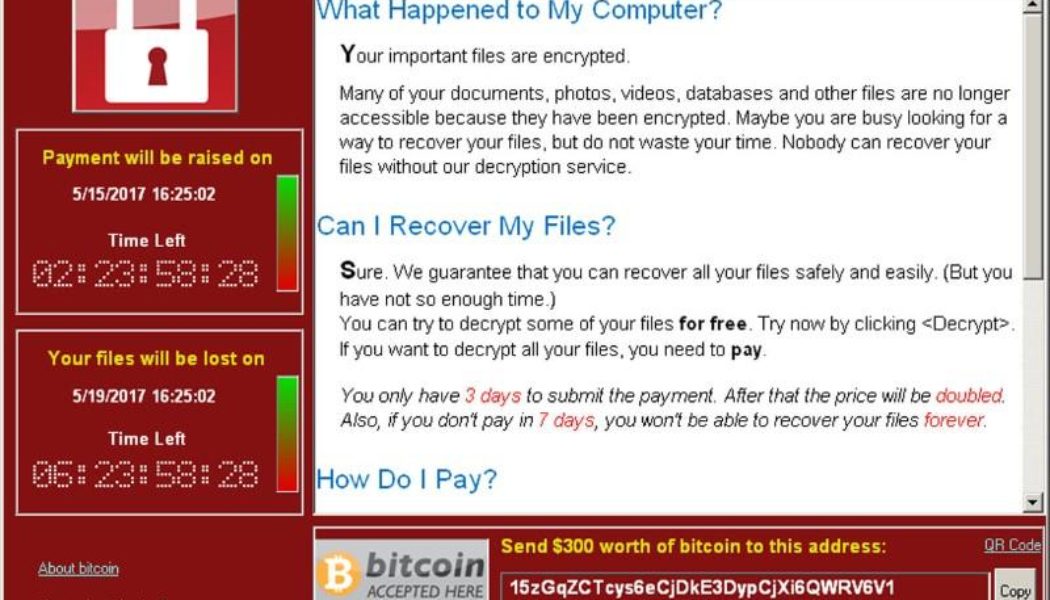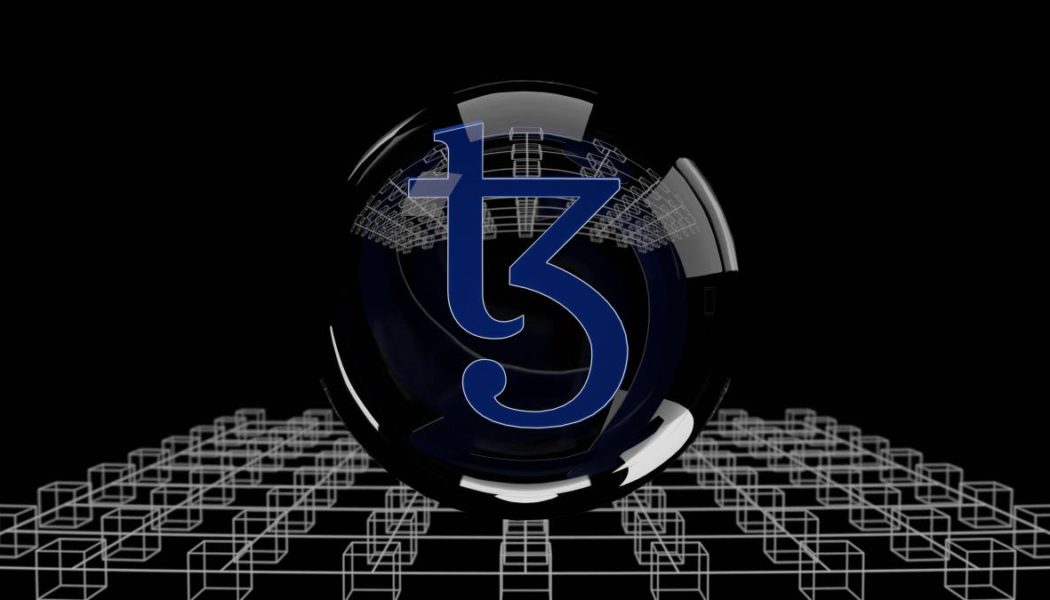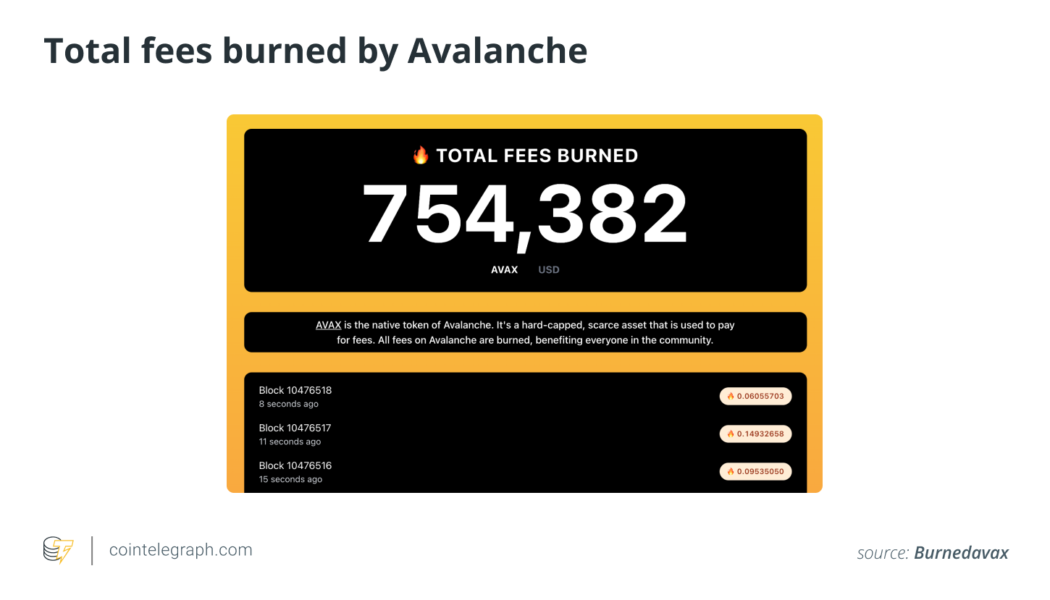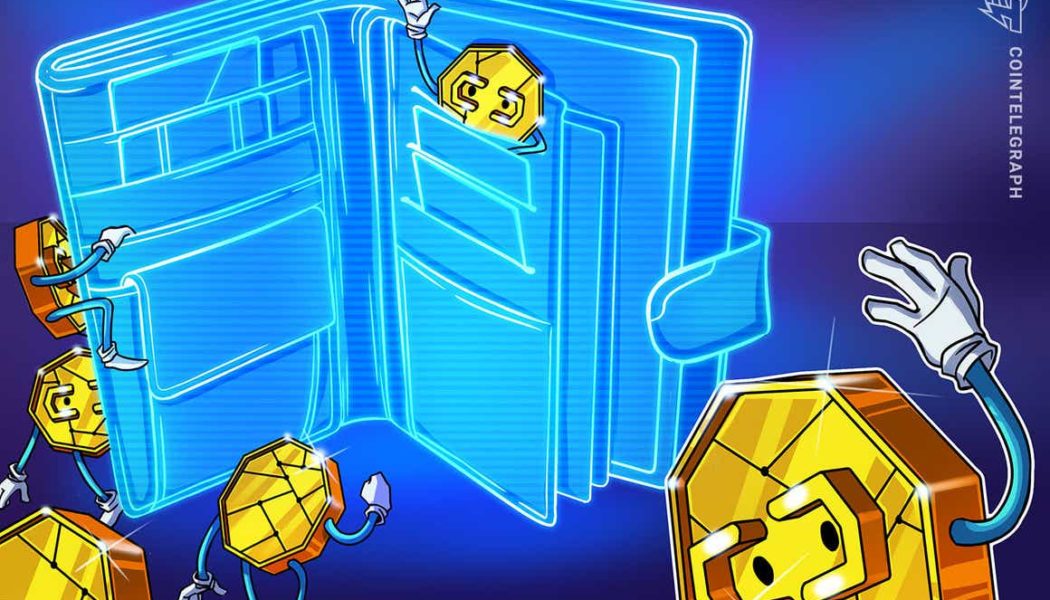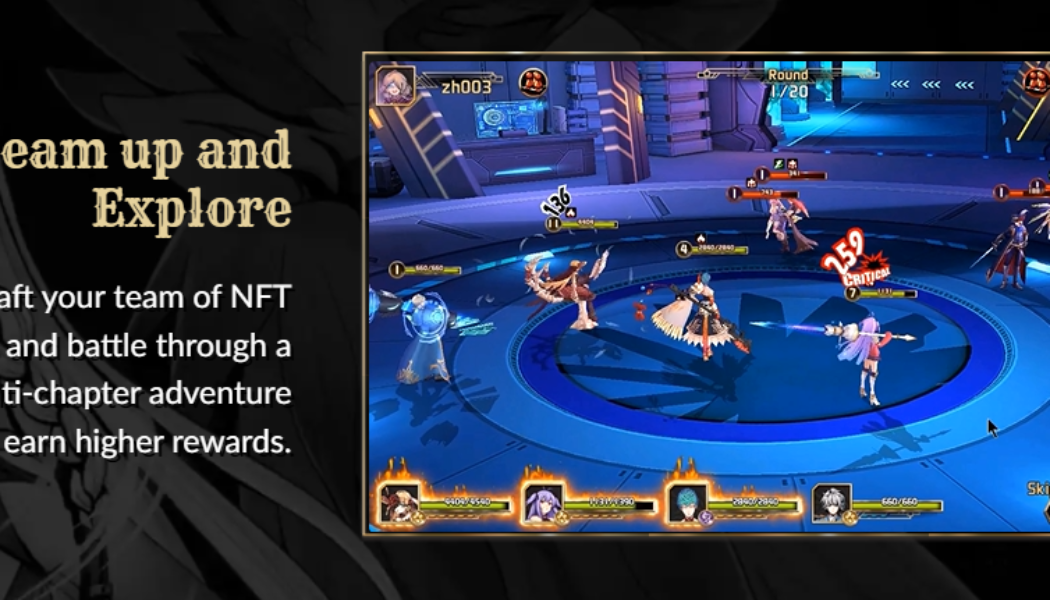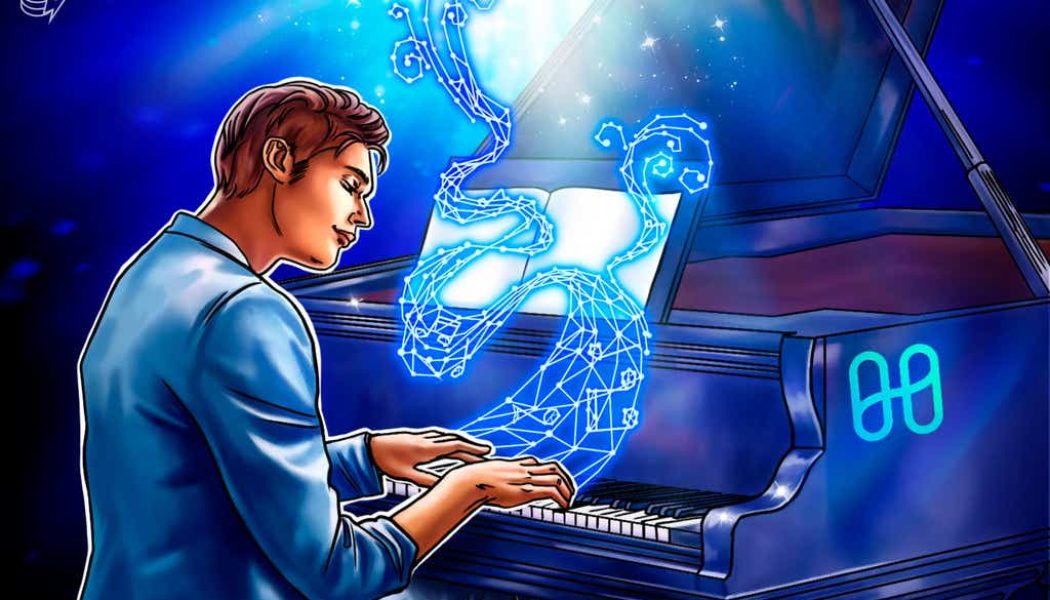Blockchain
Universal Music Group Partners With Curio for Future NFT Projects
Universal Music Group and NFT platform Curio will partner together on future NFT projects from UMG’s labels, subsidiaries and artists worldwide, the companies announced Thursday (Feb. 17). Curio, which has released over 75,000 NFTs since last February, will launch its first project through the agreement with Capitol Records artist Calum Scott in March. “With Curio, our labels will have a secure and dedicated platform to host these premium projects and provide new opportunities for collectors and fans from around the world to acquire unique pieces, inspired by their favorite artists and labels,” said Michael Nash, UMG executive vp digital strategy, in a statement. “UMG is focused on developing new opportunities in this space that place our artists and labels at the forefront, working to ens...
Terra’s Mirror Protocol shows first signs of bottoming after price gains 30% in 48 hours
Mirror Protocol, a decentralized finance (DeFi) protocol built atop the Terra blockchain, was among the biggest gainers in the last 48 hours, primarily as its native token MIR rallied by over 30% to $1.48, its highest level since Jan. 22. MIR/USD four-hour price chart. Source: TradingView Has Mirror Protocol bottomed out? MIR price rose despite an absence of concrete fundamentals, a sight pretty common across crypto assets. As a result, its rally may have been purely technically-driven, especially because it originated after MIR had dropped by more than 90% in value from its May 2021 high near $13, making the token extremely oversold. IncomeSharks, an independent market analyst, called MIR’s rebound move a “no brainer,” noting that its multi-month drop had left ...
Monero community concerned as leading mining pool nears 51% of ecosystem’s total hash rate
On Tuesday, privacy coin Monero (XMR) mining pool MineXMR’s hash rate surpassed over 1.4 GH/s, accounting for 44% of the hash rate of the XMR network. MineXMR has about 13,000 miners and charges a 1% pool fee. According to a screenshot from Archive.org last August, the pool only contributed to 34% of the hash rate of the XMR network. The rapid rise in the network’s hash rate has spooked some XMR enthusiasts, with Reddit user u/vscmm writing: “We need to talk with MineXMR to take some action right now! Please send an email for support@minexmr.com to MineXMR admins to take action; a 51% pool is not in the best interest of the community or the pool.” If a 51% attack were to occur, the bad actors involved could potentially overturn network transactions to double-sp...
Report: 74% of stolen funds from ransomware attacks went to Russian-affiliated wallet addresses in 2021
According to a new report published by blockchain analytics firm Chainalysis on Monday, approximately 74%, or over $400 million USD, of ransomware revenue last year were funneled into high-risk wallet addresses that are likely to have been based in Russia. The report analyzed ransomware hacks throughout 2021 and determined their affiliation to Russia through three key characteristics: Traces of Russia-based cybercriminal organization Evil Corp being behind a given breach; the group has alleged ties to the Russian government. Ransomeware programmed only against victims of non-former-Soviet countries. Ransomware strains that share documents and announcements in the Russian language. In addition to the selection criteria, it appears that web traffic data confirms the vast majority of ext...
NBA merch designer turned to blockchain to help end world hunger
When he’s not designing merch for the NBA or supplying coffee for big retailers, Shawn Kurz is fighting world hunger with the help of blockchain technology. Motivated to mend the shortcomings of traditional charity systems, Kurz founded FoodChain Global (FCG), an organization that uses a blockchain-based ecosystem to support charitable initiatives targeting global hunger. Enlisting the help of Cody Boyd, a former military systems engineer, to lead a blockchain development team, FCG has launched digital asset products such as FoodChain Global token (FOOD) and nonfungible tokens (NFT) and uses the profits to supply food to food banks. Kurz told Cointelegraph that the project aims to bring the fight against global hunger to younger generations. The team aims to continuously ...
What is Avalanche Network (AVAX) and how does it work?
What is Avalanche Network (AVAX)? Launched in 2020 by Ava Labs, Avalanche is a blockchain platform that is smart contract-capable. Avalanche aims to deliver a scalable blockchain solution while maintaining decentralization and security, focusing on lower costs, fast transaction speeds, and eco-friendliness. Avalanche quickly became popular in the cryptocurrency space, with Avalanche TVL currently worth $8.41 billion and still rising across Avalanche decentralized applications (DApps). Avalanche is powered by its native token Avalanche (AVAX) and multiple consensus mechanisms. With Avalanche, users can create an unlimited number of customized and interoperable blockchains. To operate a blockchain on the Avalanche coin, AVAX, one must pay a subscription fee. What is Avalanche crypto used for...
The world’s first and oldest Bitcoin mining pool has mined nearly 1.3 million BTC since inception
All things have their humble beginnings; in 2010, the first Bitcoin (BTC) mining project was created in Prague, Czechia, and was simply called Bitcoin.cz. Soon afterward, founder Mark “Slush” Palatinus decided to move on to other ventures, such as creating the world’s first cryptocurrency hard wallet, Trezor. As a result, Braiins, a company doing embedded Linux development and research, took over the mining pool and renamed it accordingly. Fast forward to now, Braiins (Slush Pool) has grown to become one of the biggest Bitcoin mining pools. There are now over 15,000 users in the space, with its total hash rate accounting for 5% to 8% of that of the overall Bitcoin network. The company derives 100% of its income via BTC and charges a 2% to 2.5% commission from its mining f...
The team behind the world’s first hardware wallet says it’s still thriving after 8 years
Like all things, Trezor, a household name in the crypto community with over 1 million units sold, came from humble beginnings. The idea all started out in 2011 after a Bitcoin (BTC) conference in Prague, Czechia — which, by the way, was just voted the most beautiful city in the world in a Time Out magazine survey. Two crypto enthusiasts, Pavol “Stick” Rusnák and Marek “Slush” Palatinus, envisioned a small, single-purpose computer that would securely store users’ Bitcoin private keys. In 2013, the two founded SatoshiLabs. The following year, the first-ever Trezor wallet — Trezor One — launched. Then came the Trezor Model T, which added a touchscreen to the device. Both are still found on the market worldwide, with their firmware patched each month or so. With t...
‘China’s crypto ban had little impact on Neo,’ says organization’s developers
Once hailed as the “Ethereum of China,” Neo’s token price has fallen on hard times ever since the world’s most populous nation introduced a series of acute bans on cryptocurrency operations last year. In an exclusive interview with Cointelegraph, Neo’s developers — who wished to remain anonymous — explained that partners run most projects sponsored by Neo Global Development, or NGD, from a wide range of countries outside China t serve users all over the world. In addition, Neo continues to expand inside China. It is currently one of seven open permission blockchains servicing the nation’s Blockchain-based Service Network, or BSN. One of the group’s goals is to expand the adoption of nonfungible tokens (NFTs) in the country. There’s also ...
What is Harmony (ONE) blockchain and why it is getting so much traction?
Harmony is getting a lot of traction because it addresses core blockchain concerns, is energy-efficient, has cross-chain capabilities, offers lower gas fees and has a huge potential for nonfungible tokens (NFTs). Maintain decentralization and security Harmony thinks its network can scale while maintaining decentralization and security because it uses sharding, which divides validators into multiple groups and allows them to approve transactions and new blocks simultaneously. Harmony can now process 2,000 transactions per second (TPS), which is comparable to Visa, ONE of the world’s largest payment networks. Harmony believes it will process 10 million TPS in the long run. On the other hand, Harmony does not compromise security or decentralization even as it scales. For example, the ne...
Crypto rug pulls: What is a rug pull in crypto and 6 ways to spot it
There are several clear signs that investors can watch out for to protect themselves from rug pulls such as the liquidity not being locked and no external audit having been conducted. The following are six signs users should watch out for to protect their assets from crypto rug pulls. Unknown or anonymous developers Investors should consider the credibility of the people behind new crypto projects. Are the developers and promoters known in the crypto community? What is their track record? If the development team has been doxxed but isn’t well known, do they still appear legitimate and able to deliver on their promises? Investors should be skeptical of new and easily faked social media accounts and profiles. The quality of the project’s white paper, w...
